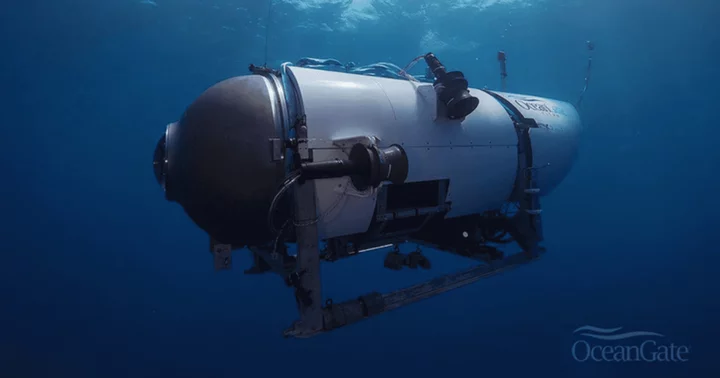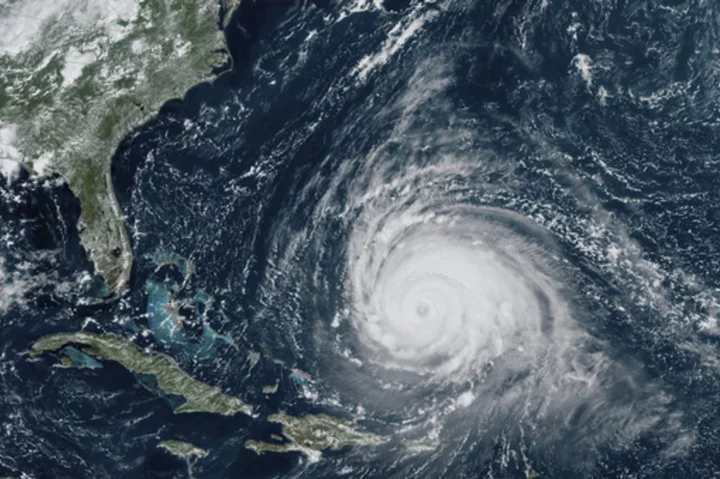NEWFOUNDLAND, CANADA: The world has been shocked by the distressing discovery of debris from the ill-fated Titan submersible on the ocean floor. While recovery efforts are now being made, it does beg the question of what led to the 'catastrophic implosion' which killed the five on board the Titan. Ever since the rescue efforts began on June 18, Sunday, various reports raising concerns about the sturdiness and safety features on board the ill-fated submersible had been circulating.
While the implosion of the underwater vessel was touted to be the worst-case scenario, calls for investigating the case have been growing. With everyone pitching in for the rescue efforts, under the US Coast Guard, the main question is who will be investigating this tragedy in the ocean.
Who will lead the investigation?
At this stage, it remains unclear which agency will lead the investigation into the Titan submarine accident. The unique nature of the tragedy, occurring in a remote oceanic location and involving individuals from various nationalities, presents complex challenges. While the US Coast Guard has taken a prominent role in the ongoing operation, the determination of the lead investigative agency is yet to be announced. Rear Admiral John Mauger acknowledged the complexity of the situation and emphasized the involvement of multiple entities from different nations.
What exactly caused the tragic incident?
Rear Admiral John Mauger revealed that the remnants of the Titan submersible recovered so far align with a "catastrophic implosion." The presence of two distinct sections of debris, including the tail cone and landing frame, indicates a violent rupture that tore the vessel apart. This harrowing evidence serves as a starting point for investigators seeking to piece together the events that culminated in the submersible's tragic fate.
To reconstruct the sequence of events and ascertain the cause behind the accident, investigators are meticulously gathering every fragment of debris they can find. Ryan Ramsey, a former submarine captain from Britain's Royal Navy, emphasized the importance of this painstaking process. "There is no black box, so you are not going to be able to track the last movements of the vessel itself," he said, as quoted by BBC News, noting that the process is not too different from aircraft crash investigations.
Upon reaching the surface, each fragment will undergo close scrutiny. Special attention will be paid to the carbon fiber structure, searching for breakages that hold crucial clues. By studying the microscopic tears in the carbon fiber filaments and determining their direction, investigators hope to identify the precise location and nature of the rupture, shedding light on the submersible's last moments.
Structural failure and extreme pressures
The primary focus of the investigation revolves around determining whether the accident resulted from a structural failure. Professor Blair Thornton from the University of Southampton highlighted the immense pressures the submersible experienced, equivalent to the weight of the Eiffel Tower. "We're talking about a very powerful implosion of the main housing," he explained.
Experts raise the question of whether proper testing procedures were followed to ensure the submersible's structural integrity. Professor Roderick A Smith of Imperial College London stressed the importance of meticulous inspection of the joints between the carbon fiber and titanium components, as internal defects in the carbon fiber construction can compromise the vessel's overall strength. "Carbon fiber fails from internal defects in its construction," Smith said.
Challenges and consequences
Determining the sequence of events becomes more challenging due to the violent nature of the implosion. "Hence the need for retrieval and painstaking examination if possible," Smith insisted. Submersibles, designed to withstand crushing underwater pressures, are subjected to extreme conditions at depths of 12,500 feet below the surface—approximately 400 times greater than sea-level pressures. Any damage or flaw in the hull could result in a catastrophic leak, triggering an immediate implosion under these extreme forces.
Stefan Williams, a professor of marine robotics at the University of Sydney, also warned of the potential devastation caused by a catastrophic failure. In such instances, the safety mechanisms of the vessel may be compromised, amplifying the urgency of understanding the root cause behind the tragedy.









